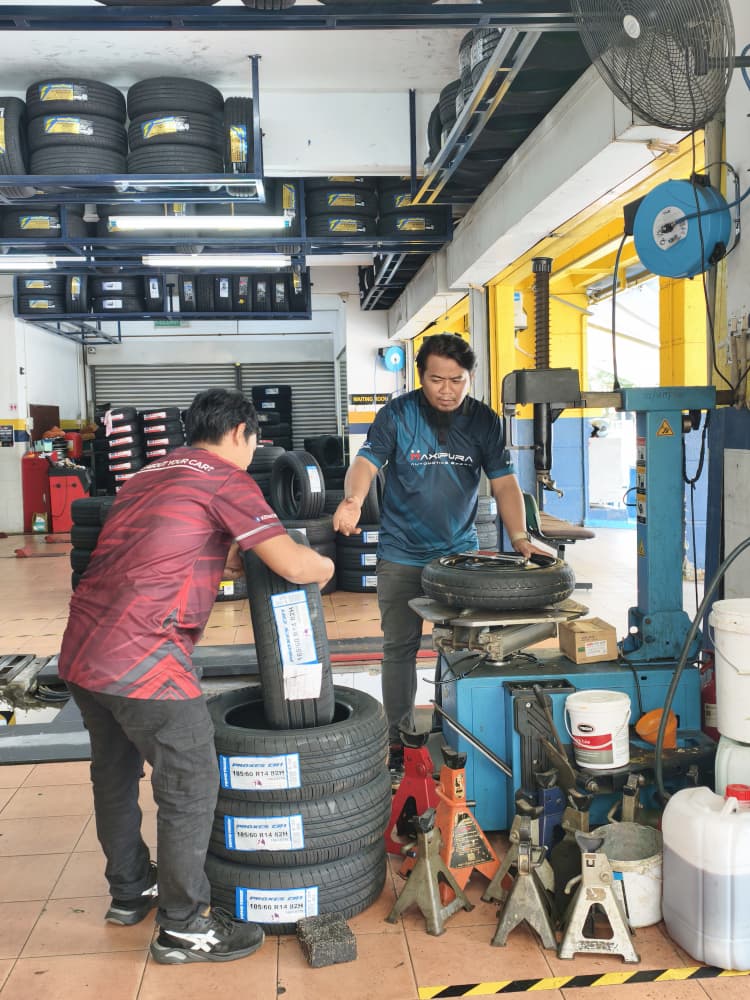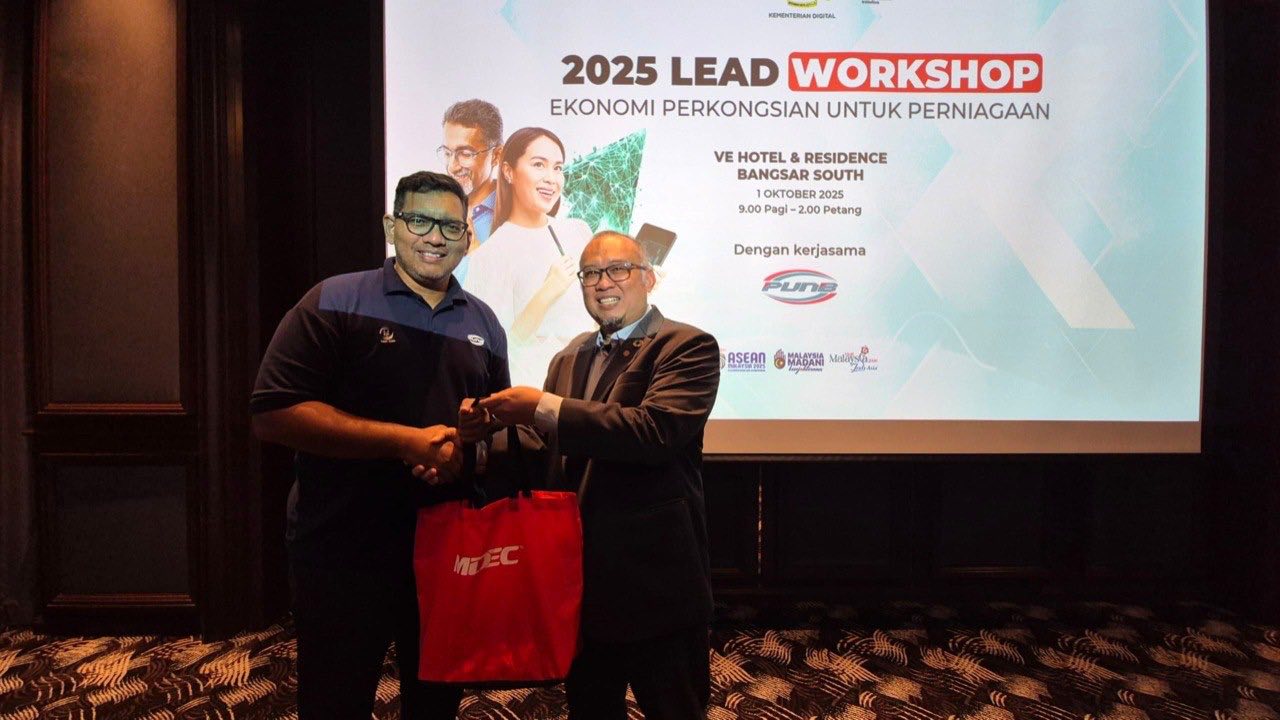Building A Legacy in Automotive Sector
“At Maxipura, we sell happiness to our customers,” said Encik Zuraiman, who has led Maxipura Sdn. Bhd. for nearly 15 years. The meaning behind its name is special, rooted in Sanskrit meaning “sacred city”. Encik Zuraiman initially took over Maxipura from his friend, knowing its potential to penetrate the market that was predominantly dominated by non-Bumiputera entrepreneurs at the time.
From one single outlet to eight outlets did not happen in the blink of an eye. From five staff to now over 155 staff outlets, this growth exemplifies Encik Zuraiman’s dedication and passion to thrive in the highly competitive automotive industry. His indument in the automotive industry started at Goodyear Tire and Rubber Company, where he joined the sales and marketing team despite initially being offered the role of Regional Auditor for Asia Pacific on his rarely aetheric background.

Collaborative Effort of All Team Members
When asked what sets Maxipura apart from competitors, Encik Zuraiman emphasises: “I have good team members and competent staff who have supported me from the beginning.” Managing 155 staff is not an easy task, however, with strong leadership from top management, especially from Encik Zuraiman himself, Maxipura able to sustain its market presence while planning strategic growth and diversification. He also mentioned that Maxipura did not differentiate its staff based on gender or race. The company welcomes individuals from diverse ethnic backgrounds, including Chinese, Indian, and Orang Asli communities. “As long as they are willing to learn and have the right attitude, we are more than happy to accept them to be part of Maxipura,” he said.
Customer’s Happiness
The reason behind Maxipura’s slogan of “selling happiness” is simple yet meaningful. “When people come to us, their faces show how stressful it is when the car breaks down. We are here to help them, reassure them, and fix the problem. You can see their face enlightened after that,” he said. That is why it became Maxipura’s slogan, as customer happiness and satisfaction are ultimately the company’s main goals.
Business Is About Networking
Networking plays a vital role in Maxipura’s business strategy, enabling the company to build strong relationships with stakeholders and better understand their needs and expectations. Through active networking, Maxipura gains valuable insights into market trends and customer preferences, supporting with more informed decision-making. Additionally, networking fosters collaboration and innovation, driving sustainable growth. It also opens doors to new opportunities and partnerships, strengthening the company’s competitive edge. Ultimately, effective networking is essential for meeting diverse stakeholder needs and ensuring long-term success.

PUNB’s Role in Maxipura
Encik Zuraiman knew about PUNB in 2004 while working with Goodyear Tire and Rubber Company. At that time, he mentioned that he did not see the need for financing for his business. However, in 2013, recognising the importance of securing funds to expand the company, he decided to apply for financing with PUNB. He was encouraged by the dedication shown by PUNB’s team, who were committed to supporting his success in the industry.
Future Vision of Maxipura
Encik Zuraiman believes there is always room for improvement and considers Maxipura to be the second-leading tyre service provider in the market. This mindset drives the company to continually learn from the best and aspire to become the best. Looking ahead, Encik Zuraiman plans to expand Maxipura to other states across Malaysia, with the goal of establishing 50 outlets, with the objective of making it convenient for their customers.
Additionally, Maxipura aims to contribute to society through a tailored corporate social responsibility (CSR) program. The company plans to initiate an outreach program with schools to promote environmental awareness. Encik Zuraiman believes that CSR is not only a key part of Maxipura’s branding strategy but also strengthens its image within the community.
Advice for Young Entrepreneurs
Encik Zuraiman believes that three key factors are essential for becoming a successful entrepreneur: learning the fundamentals of business, having the courage to start, and having a genuine passion for running the business. He also emphasises the importance of building a strong network before starting a business, as it provides valuable opportunities to learn from others’ experiences. Last but not least, he mentioned that the intention behind doing business must be good, while at the same time, one must continue praying, making dedicated efforts to run the business, and have tawakkal, as everything comes from Allah the Almighty.

























